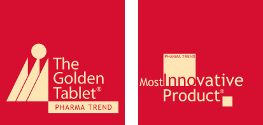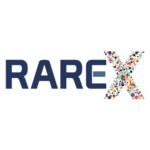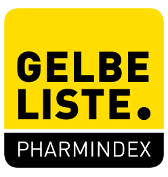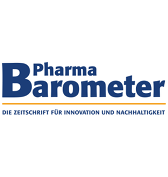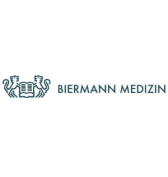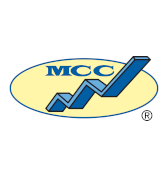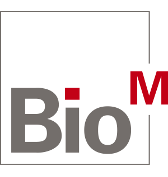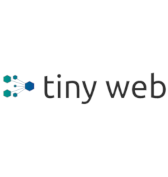– The “Power of Being Counted” Report reveals previously severely undercounted numbers used for decades to define rare diseases and help shape policies and biomedical discovery
– Study provides critical data to global researchers, clinicians, drug developers and patient advocates in their mission to improve outcomes for patients
WASHINGTON–(BUSINESS WIRE)–RARE-X, a nonprofit organization dedicated to enabling patient communities to easily collect, manage, connect, and share their de-identified data, today announced that through the development of its new “The Power of Being Counted” Report, it has discovered that there are as many as 10,867 rare diseases, rather than the oft-reported previous estimate of 5,000-8,000.i
The report uncovers rare diseases that were previously uncounted, unrecognized, and therefore, below the radar of clinical research teams working to discover new treatments. It includes insights from more than 20 notable organizations and individuals in the rare disease community. In addition to the analysis, the report outlines steps patient communities and researchers can take to share data and published research to ensure diseases are entered into knowledge bases to enable the discovery and development of better treatment and support for their diseases.
“Ensuring that the true magnitude of rare diseases is understood is critical,” said Charlene Son Rigby, CEO of RARE-X. “If patient communities, researchers, drug developers, and policymakers are to address rare diseases, it’s essential to understand the magnitude of the problem.”
For decades, an outdated and low estimate between 5,000 to 8,000, has been referenced by governments, nonprofits, and industry organizations, despite nearly 300 new rare genetic disease descriptions being added to principal knowledge bases each year. A rare disease is defined as a disease or condition that affects less than 200,000 people in the U.S.ii
“The challenge with rare diseases lies in the inability to receive care and treatment due to the lack of data and awareness of the disease,” said Kirk Lamoreaux, author of “The Power of Being Counted” Report. “Our goal in uncovering an accurate estimate of rare diseases is to raise awareness of the undercounted number among researchers, policymakers and insurers, while empowering patients to get their disease counted. While tremendous work remains to be done, we should acknowledge and celebrate the progress made as a result of the commitment and dedication of researchers, clinicians and patient communities.”
The study authors developed a reproducible methodology to identify the accurate number of rare diseases. The authors used Orphanet and OMIM as the two primary sources for disease entries, while also consulting DrugBank, the U.S. Food and Drug Administration’s Office of Orphan Drug (OOD) website, and work included in Genome to Treatment (GTRx). The authors balanced the inclusion of all rare diseases (sensitivity) with the definitions of the diseases (precision) to minimize the risk of counting duplicates. Diseases were then characterized based on their available phenotypic description. The analysis showed that there are as many as 10,867 rare diseases, including genetic and non-genetic diseases.
The authors also conducted interviews with experts from leading organizations in the rare disease community, such as the International Rare Disease Research Consortium (IRDiRC), Child Neurology Foundation, EveryLife Foundation, Monarch Initiative, Alexion Pharmaceuticals, Global Alliance for Genomics and Health (GA4GH), and others. These interviews influenced the report’s recommendations on next steps for patients and advocacy groups to ensure all rare diseases are included and properly reflected in the rare disease databases.
There is a path that most rare diseases follow that takes them from obscurity to a condition that is better understood, more readily diagnosed, with treatments in development and a community built to support it. This report is intended to provide communities with actionable insights that may guide their efforts. RARE-X aims to provide an opportunity for every emerging, poorly defined, and diagnosable rare disease to be counted with a free Data Collection Program enabled by the nonprofit, encouraging patients to stand up and be counted today.
A link to “The Power of Being Counted” Report can be found here: https://rare-x.org/case-studies/the-power-of-being-counted/.
About RARE-X
RARE-X is a 501(c)(3) rare disease technology nonprofit focused on supporting the acceleration and development of life-altering treatments and future cures for patients impacted by a rare disease. Enabled by best-in-class technology, patients, researchers, and other technology vendors, RARE-X gathers structured, fit-for-purpose data to share broadly, benefitting from 21st-century governance, consent, and federated data-sharing technology. RARE-X is building the largest collaborative patient-driven, open-data access project for rare diseases globally. For more information, please visit www.rare-x.org.
i Ferreira CR. The burden of rare diseases. Am J Med Genet A. 2019;179(6):885-892. doi:10.1002/ajmg.a.61124
ii Rare Diseases Act of 2002 – Congress. Congress.gov. (2002, November 6). Retrieved May 11, 2022, from https://www.congress.gov/107/plaws/publ280/PLAW-107publ280.pdf
Contacts
Gaelin White
Health+Commerce
949-257-3544
gaelin@healthandcommerce.com
